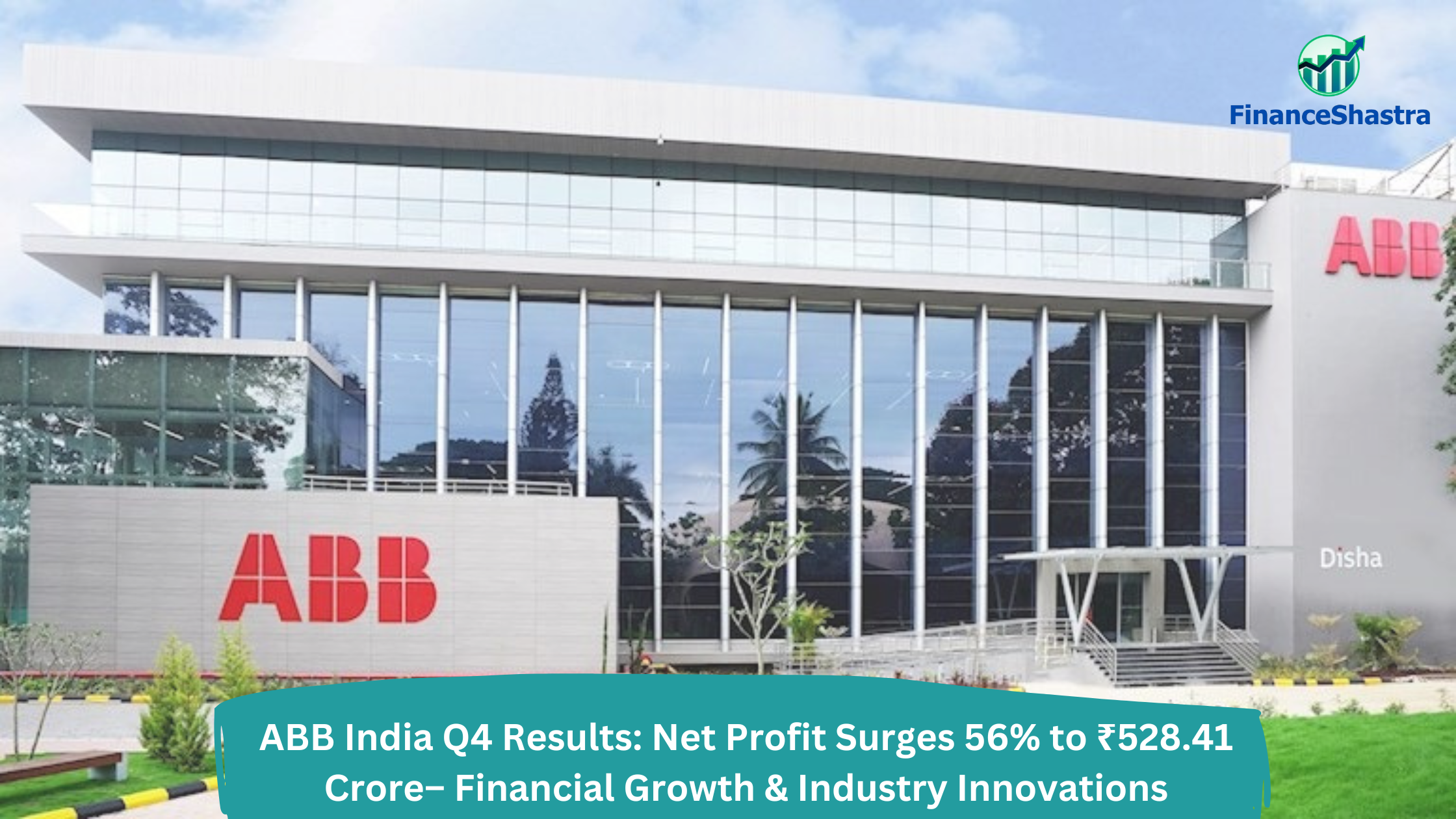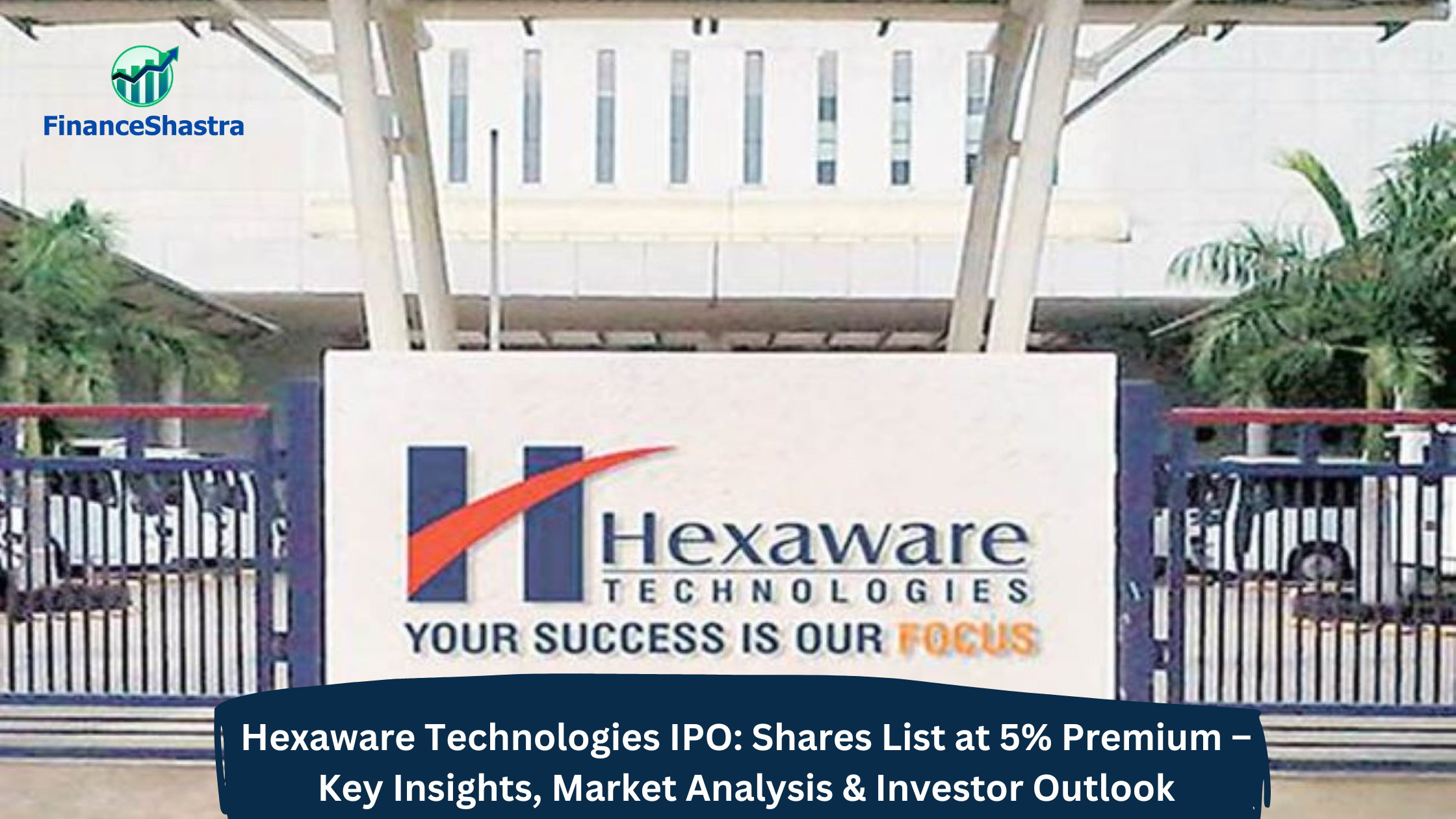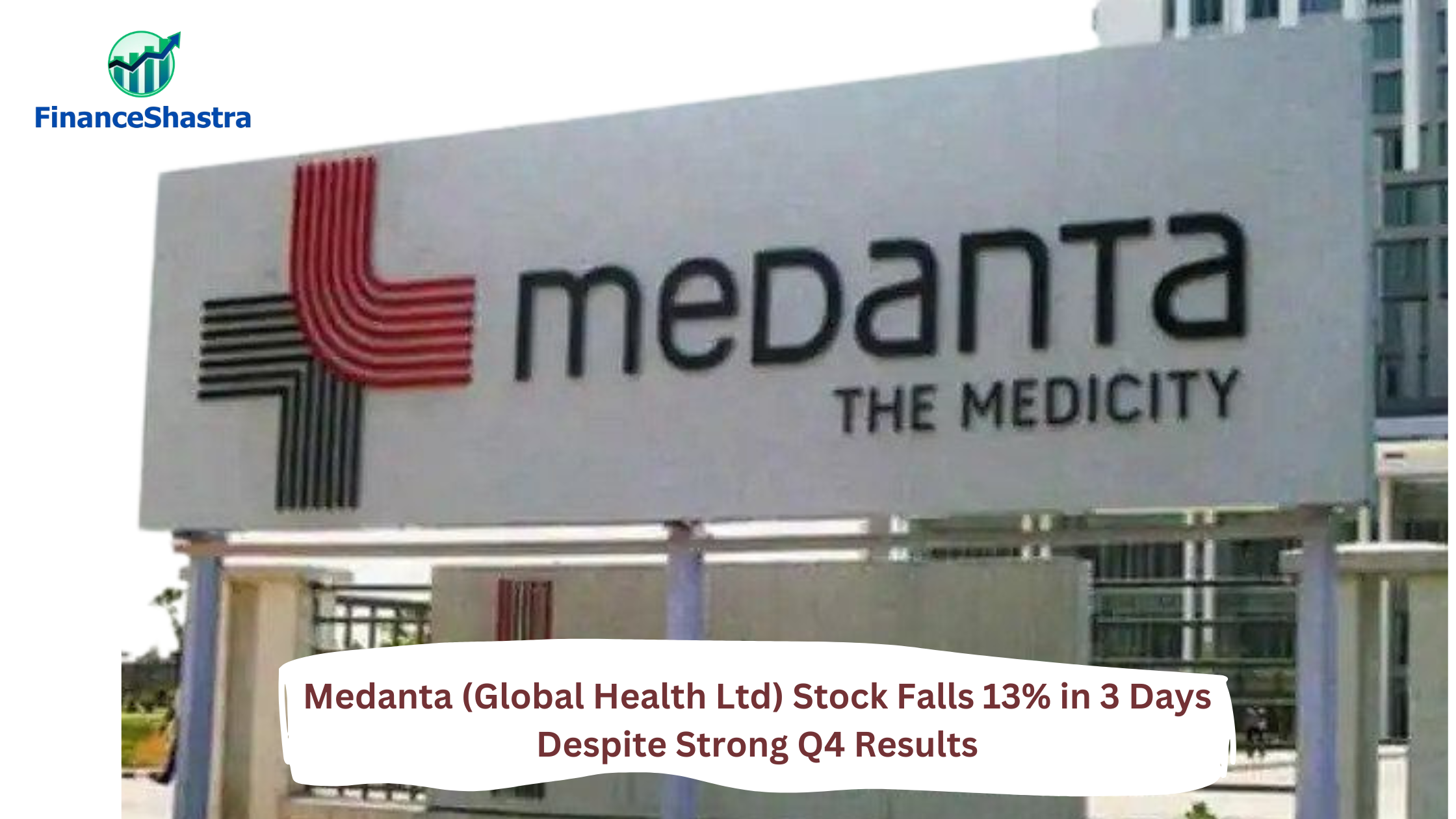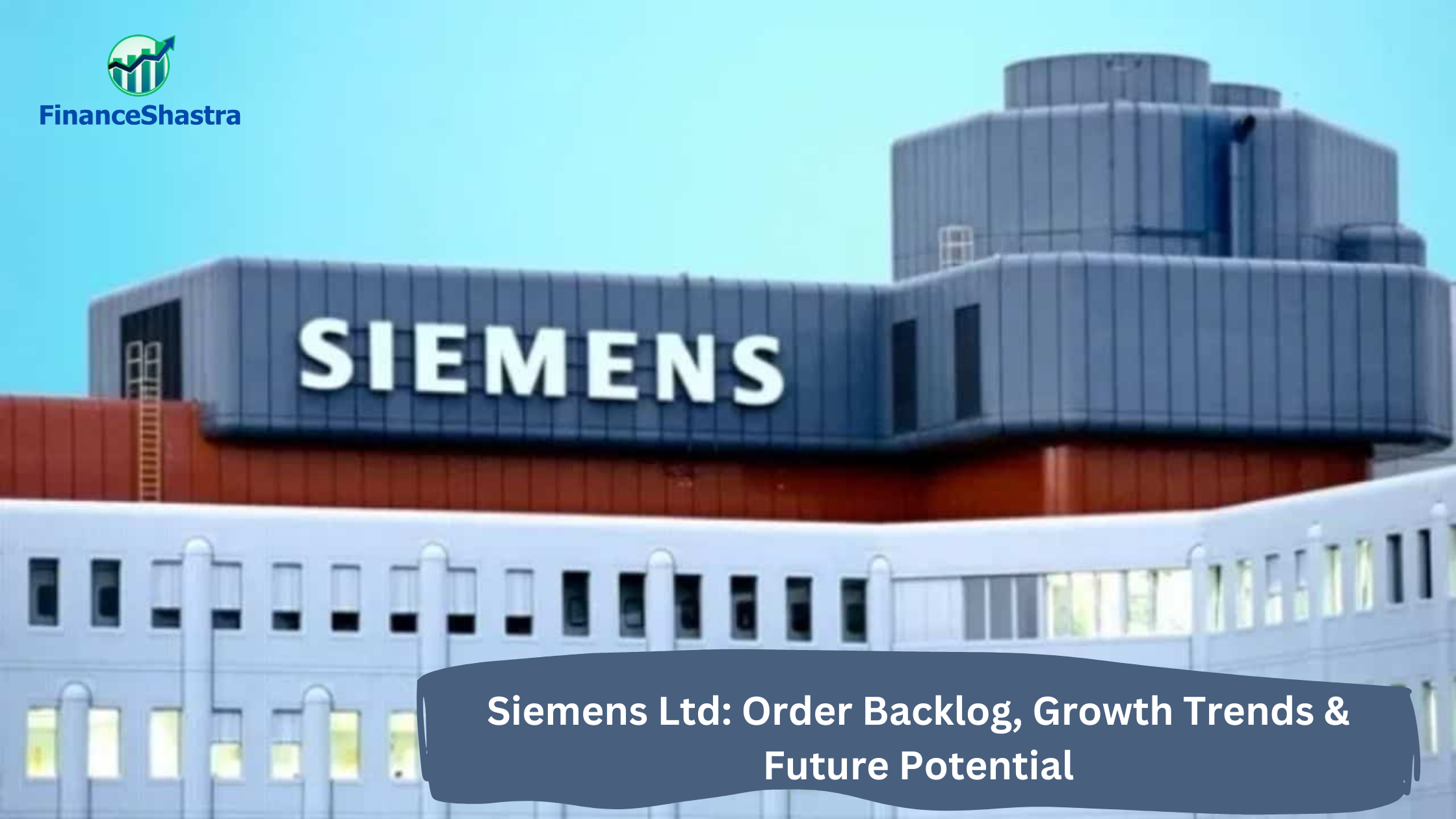Sahasra Electronics Stock Surges 4%- New Rajasthan Plant Fuels Growth
Business and Industry Overview:
Sahasra Electronic Solutions Limited was incorporated in February 2023. It is an Electronic System Design and Manufacturing (ESDM) company offering domestic and international clients PCB assembly, wire harness solutions, LED lighting, and IT hardware products. The company’s key products include Printed Circuit Board Assemblies (PCBAs), LED lighting solutions, and computer & IT accessories such as motherboards, SSDs, and DRAM modules. Sahasra operates its main manufacturing facility in Noida SEZ, Uttar Pradesh, with a production capacity of 1.8 million units and improved capacity utilisation of 55% in FY24 (vs. 42% in FY23). The company has a strong global presence, with 78.73% of revenue from the USA, 16.43% from India, and the rest from Africa, Europe, and Gulf countries. However, 96% of its revenue is concentrated among its top 10 customers.
It has a 54% stake in Sahasra Semiconductor Private Limited. The company also manufactures semiconductor chips, including integrated circuits, USBs, LED driver ICs, and memory products. However, the subsidiary generated ₹3 crore in revenue but reported a ₹5 crore loss in FY24.
The company raised ₹186 crore through an IPO in October 2024, with ₹172 crore from the fresh issue allocated for capital expenditure, investment in its subsidiary, working capital, and general corporate purposes. To support its growth, Sahasra plans to invest ₹25.5 crore in new machines to expand its manufacturing capacity in Rajasthan.
The Indian Electronics System Design & Manufacturing (ESDM) sector is one of the fastest-growing sectors in the economy and is witnessing a strong expansion in the country. The ESDM market in India is well known internationally for its potential for consumption and has experienced constant growth. The Indian Electronics System Design & Manufacturing (ESDM) sector is one of the fastest-growing sectors in the economy and is witnessing a strong expansion in the country. The ESDM market in India is well known internationally for its potential for consumption and has experienced constant growth. The Indian electronics manufacturing industry is projected to reach US$ 520 billion by 2025. The demand for electronic products is expected to rise to US$ 400 billion by FY25 from US$ 33 billion in FY20. The electronics system market is expected to witness 2.3x demand of its current size (FY19) to reach US$ 160 billion by FY25. The top products under the ESDM sector with the highest CAGR include IT/OA at 54%, followed by industrial electronics at 38% and automotive electronics at 10%.
Latest Stock News:
A lock-up agreement restricts certain shareholders from selling their shares for a specific period after an IPO or offering to prevent excessive supply and price volatility. In the case of Sahasra Electronic Solutions Limited, certain equity shares will be under lock-up from September 30, 2024, to February 18, 2025 (a total of 141 days). Additionally, 20% of the post-offer capital held by the promoters is classified as promoter contribution and will be locked in for three years from the date of allotment. Furthermore, the entire pre-issue equity share capital, amounting to 13,384,763 shares, will be locked in for one year from the allotment date, restricting pre-IPO investors from selling their shares during this period. For anchor investors, 50% of the shares allotted in the anchor investor portion will be locked in for 90 days, while the remaining 50% will be locked in for 30 days. These lock-up restrictions are put in place to maintain market stability by preventing large sell-offs that could lead to significant price fluctuations. They also help build investor confidence by ensuring that key stakeholders, such as promoters, early investors, and anchor investors, remain committed to the company for a set period. However, as the lock-up periods expire, the gradual release of these shares into the market could impact liquidity and potentially influence the stock price.
Potentials and Risks:
Sahasra Electronic Solutions offers diverse manufacturing solutions, benefits from tax advantages in a special economic zone, and has strong customer relationships across multiple countries. The company also operates on a high-quality ERP platform and is led by an experienced management team. Established in February 2023, it faces challenges in stability and growth. Additionally, it relies heavily on exports, with over 80% of its products sold internationally. The company can capitalize on the rising global demand for electronic manufacturing services, expand into new markets and product lines, and benefit from government initiatives promoting electronics manufacturing in India. It operates in a highly competitive ESDM sector, faces risks from fluctuating raw material prices, and is exposed to geopolitical uncertainties that could impact international trade.
Analyst Insights:
Sahasra Electronics Solutions Limited has experienced impressive growth in its first full year of operations. Revenue surged 866%, from ₹1,063.91 lakhs in FY23 to ₹10,278.79 lakhs in FY24, while Profit After Tax (PAT) skyrocketed 1315%, reaching ₹3,262.77 lakhs. Assets grew 124%, net worth increased 197%, and borrowings rose 215%, indicating rapid expansion. Despite strong financial performance, investors should note that FY23 figures reflect only a partial year since the company was incorporated in February 2023. While the company’s growth presents exciting opportunities, its fast-paced expansion also carries potential risks. The current market capitalisation of the company is Rs. 922 Crores. Sahasra Electronics Solutions Limited has a P/E ratio of 28.25, which is significantly lower than the industry average of 53.45, suggesting potential undervaluation. This could indicate that the stock is priced lower relative to its earnings, presenting a buying opportunity if the company continues to grow. However, since the company was incorporated in February 2023, its limited operating history may be making investors cautious, leading to a lower valuation. Additionally, market risks, such as the company’s high dependence on exports (80%) and exposure to geopolitical uncertainties, could be contributing to investor skepticism about the sustainability of its earnings growth.










